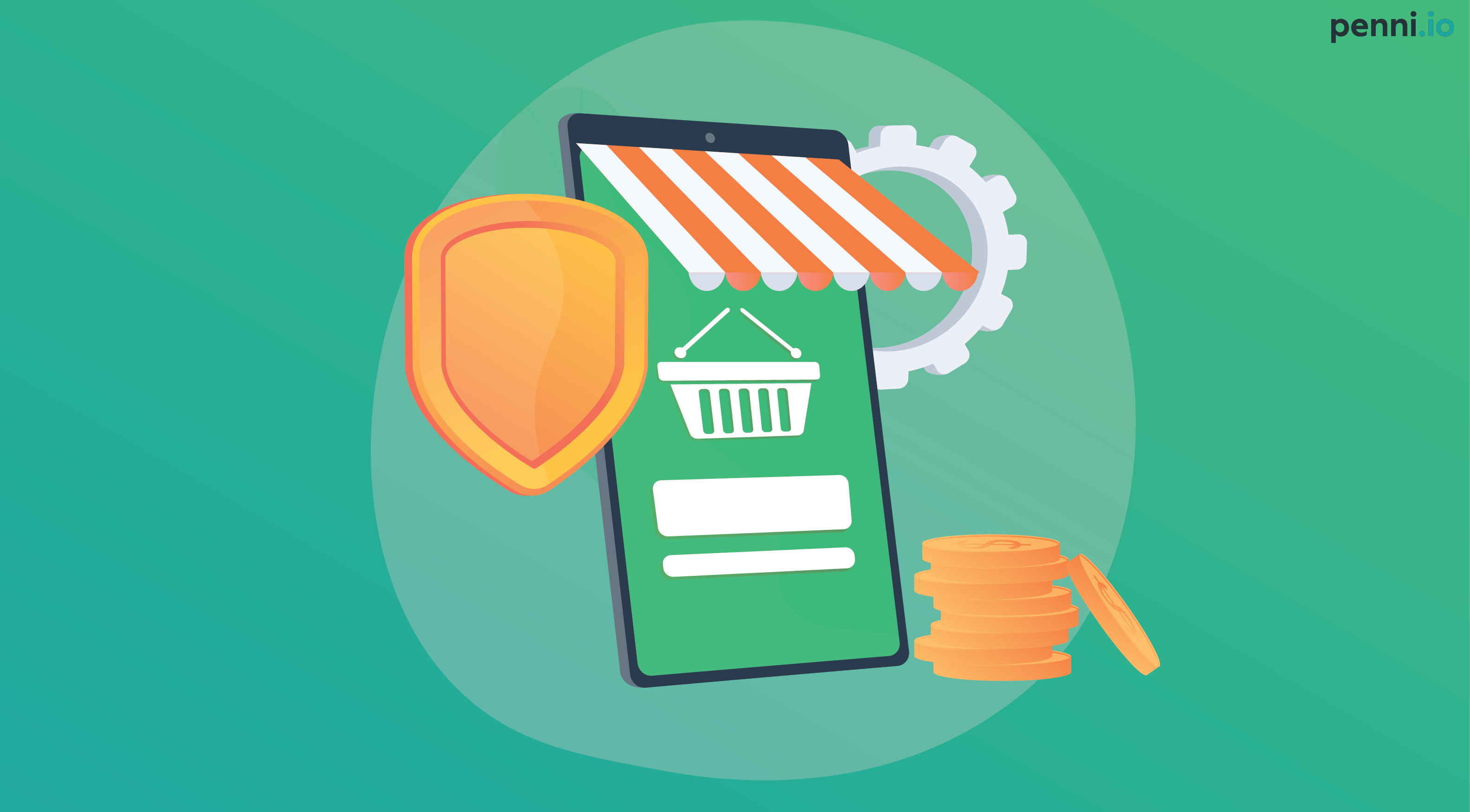Insurtech: A Sneak Peek at How Customers Decide to Buy - Volume 2

What to think of when designing effective processes for insurance sales
When designing effective digital decision processes for insurance sales, the goal is to remove human interaction with an insurance agent. That way, even more of the decision-making will be in the hands of the customer’s System 1 thinking processes (for an explanation of System 1 thinking, see Part 1 ).
To do this, you cannot simply copy-paste analogue processes into a digital environment — not if you want to sell successfully. What worked when it came to selling with an agent (which leans heavily on System 2 thinking) won’t necessarily work once you take the agent out of the equation.
How exactly should you structure the digital decision-making process? To start answering that, let’s look at one simple finding derived from A/B testing.
A Good Decision Is an Easy One
Remember that System 1 is hardwired to conserve energy. Unless there’s a threat in the environment or we’re dealing with something that has to do with our personal identity, System 2 thinking can stay mostly on autopilot and System 1 can look for the easiest way to do things. In other words, as far as your brain is concerned, an easy decision is a good one.
That’s the hypothesis at any rate. As it turns out, there is quite a lot of support for it in the scientific literature.
In 2000, psychologists Sheena Iyengar and Mark Lepper published a study about decision-making related to simple purchasing decisions. They set up a table selling jams at a supermarket. On one day, they offered 6 different types of jams to customers; on another, they offered 24. When they offered a smaller selection, more people stopped to purchase jam than when they offered a larger one. When they only offered 6 types of jam, the number of customers who stopped to sample them dropped by around 33%, but they sold about 10 times as many.
Moreover, customers who purchased on a day with only 6 jams reported being far happier with their purchase than the customers who made their purchase from a table of 24 jams.
This is known as the paradox of choice. In a nutshell: offering too many choices paralyzes the customer.
No one size fits all
Numerous studies have since replicated these results using various products offered in various settings. A meta-study from 2015 concluded that the brain’s easy decision = good decision mode is activated most readily when four criteria are met:
- The decision-maker wants to make a quick and easy decision
- The product is complex (fewer options simplifies the decision)
- It is difficult to compare alternatives
- The consumer doesn’t have clear preferences
Sounds like an insurance product, doesn’t it?
We thought so, too. So, we ran our own tests in various settings and using different insurance products.
Free Download: Embedded Insurance Index - Part I
And the Winner Is…
Using A/B testing for digital insurance sales provided us with clear results, and the effect is quite pronounced.
In markets where customers have a window of regret (e.g. 14 days after purchasing), that window shrunk significantly when we made the decision easier. In the versions where we offered customers less information and fewer choices, it was easier for them to decide if the insurance they were evaluating was good enough. These were always the winner. Even in the worst-performing versions of these, we saw a drop of at least 11% in the rate of regret when compared to standard versions offering more information and more options.
We also saw a significantly higher number of sales. However, since we were running multiple treatments at once, it was harder to isolate all the variables to figure out exactly which ones were responsible for the growth in sales. Because of this, we can’t determine exactly what percentage of the sales increase was due to the “less is more” approach we used.
Still, one thing remains clear: giving the customer less information and fewer options is a winning strategy.
Bombarding the customer with too much information and burdening them with too many options will work against you. However, there might be such as providing too little information or giving the customer too few options to choose from. We’ll continue testing and monitoring the results until we hit that point. But for now, we are certain of one thing: the digital decision-making architecture in insurance sales needs to be simplified.
How do customers decide to buy insurance online?
Special thanks to our expert Simon Bentholm.



